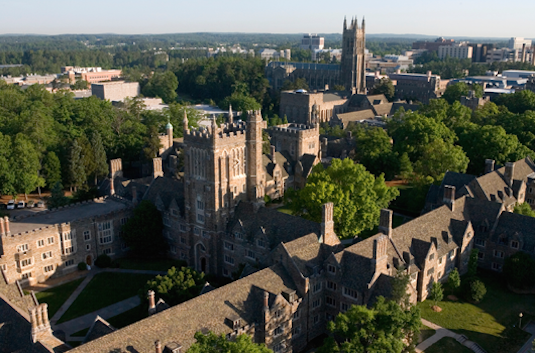Lipid Trafficking, Striatal Ensembles, and Parkinsons disease

Parkinson's disease (PD) is associated with disruption of endolysosomal transport, leading to loss of dopamine neurons that manifests by coding defects in cortico-striatal-thalamic circuits. Amongst cell biological pathways associated with PD, lysosomal integral membrane protein-2 (LIMP-2/SCARB2) is a member of the scavenger receptor family that includes CD36 and SR-B1, and is an acid glucocerebrosidase (GCase) receptor implicated in Gaucher and Parkinson's disease. Here, I describe a crystal structure of a LIMP-2 luminal domain dimer with bound lipids that defines a structural basis for a novel form of lipid trafficking with implications for trafficking dysfunction in PD. Upon the damage and death of dopamine neurons, striatal spiny projection neurons of the basal ganglia's direct and indirect pathways (dSPNs and iSPNs) are thought to experience hypo- and hyperactivity, respectively, producing neural output that produces the parkinsonian state. This 'rate-model' posits the opposite imbalance for hyperkinetic disorders, including dyskinesia caused by PD treatment with the dopamine precursor L-DOPA. Here, I further describe neural ensemble data acquired by microendoscopic calcium imaging of thousands of individual dSPNs and iSPNs in behaving mice, before and after dopamine depletion, and during L-DOPA-induced dyskinesia.






